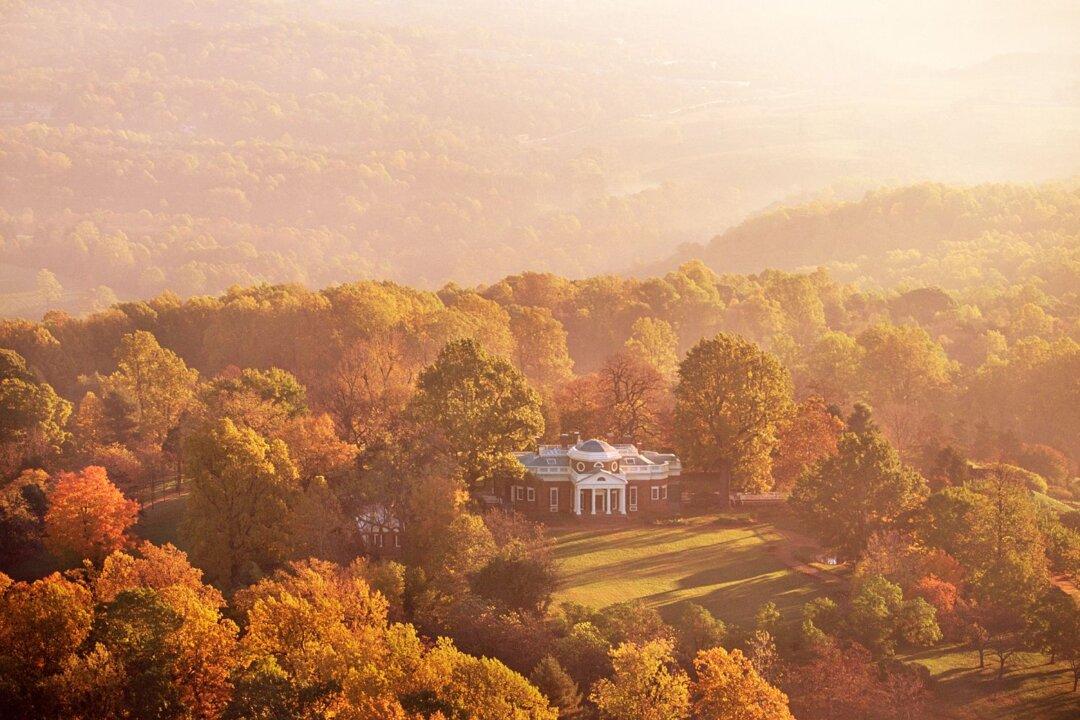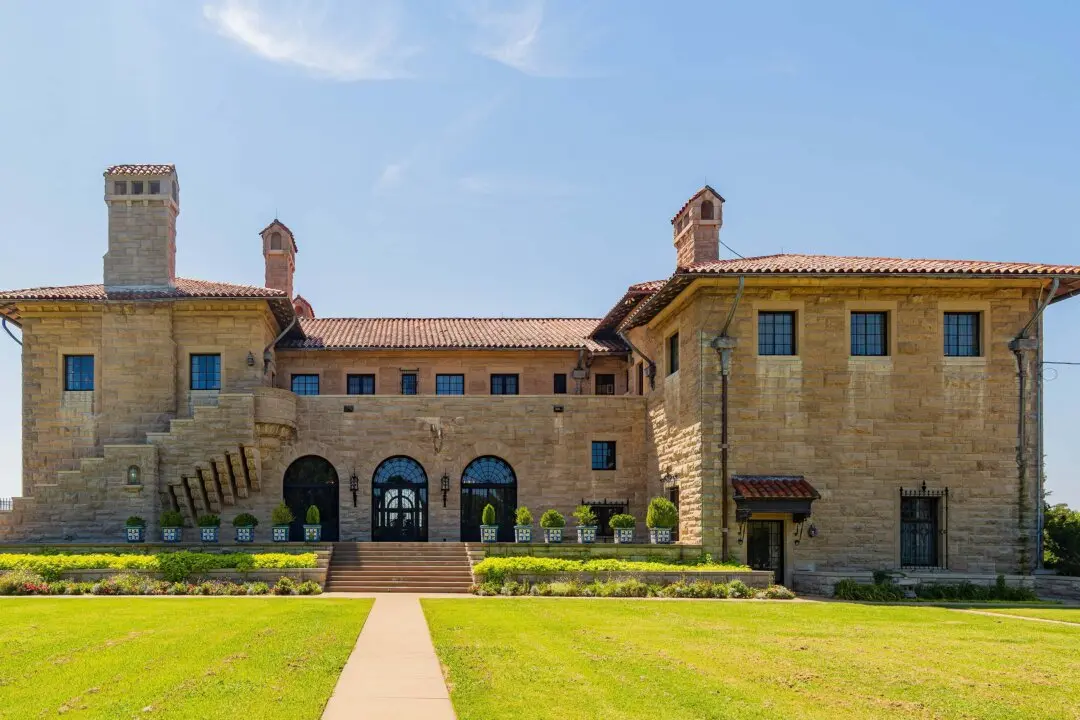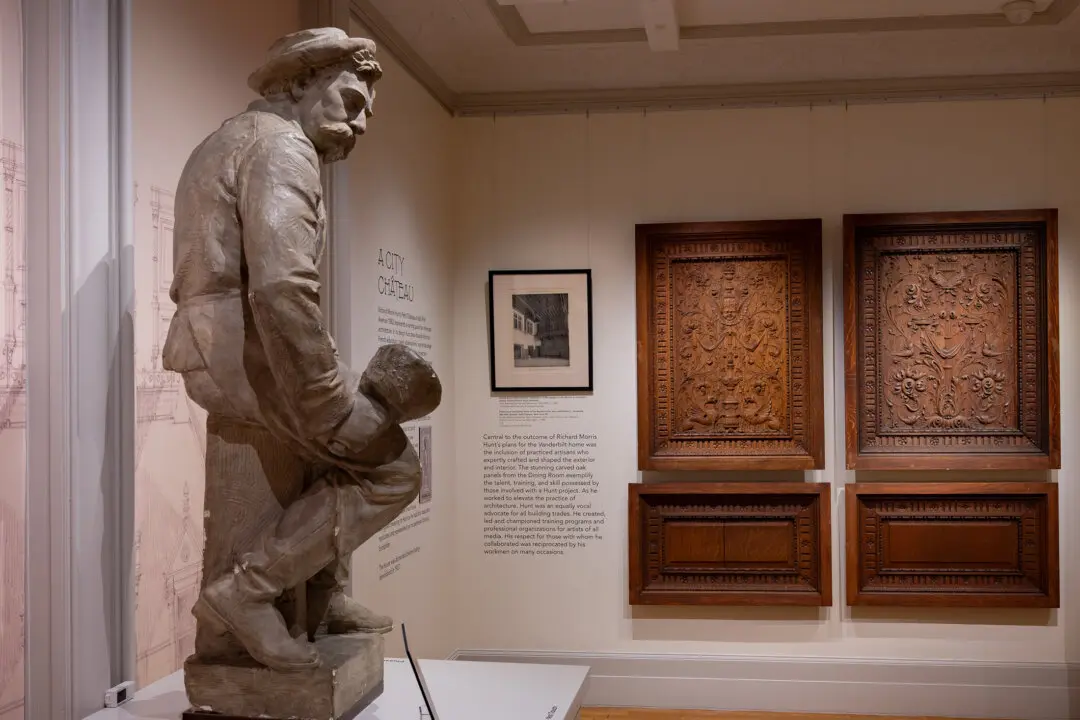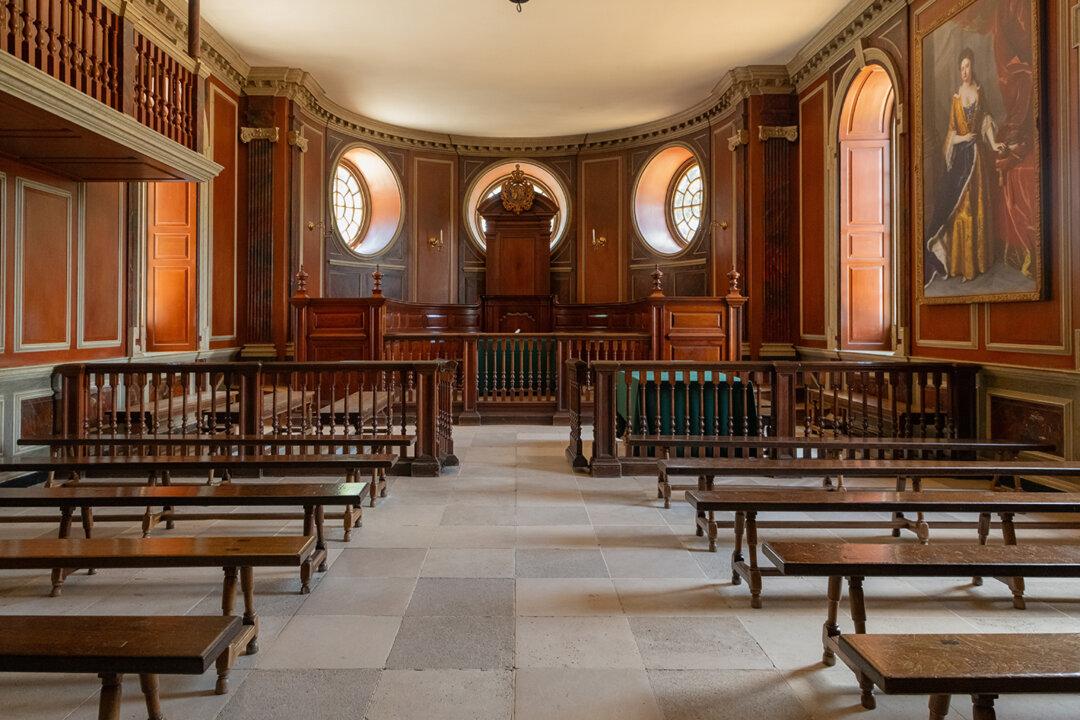Opened to the public in 1924, Thomas Jefferson’s beloved home of Monticello in Albemarle County, Virginia, is one of the most recognized buildings of early America. Its unique facade is reproduced on our nickel. Monticello (Italian for “Little Mountain”) is still a favorite destination for adults and youth, as all are treated to a look into the amazing gifts of America’s third president. Thanks to the efforts of the Thomas Jefferson Foundation, which purchased the house in 1923, Monticello has been lovingly restored and preserved as it would have been in his time—a monument to a man and his genius.
Walking into Monticello’s great entrance hall, you soon realize this is no ordinary home. The hall is more like a museum than a grand entry, with moose and elk antlers, a map of Virginia, and even a model of Egypt’s Great Pyramid on display. George Ticknor, a scholar who visited Jefferson at Monticello in 1815, noticed one wall filled with many “curiosities” that Lewis and Clarke had found in their “wild and perilous expedition” into the Missouri Territory. Notably absent is any sort of grand staircase; Jefferson hated stairs, thinking them a waste of space. The man authored the Declaration of American Independence, spoke five languages, and dabbled in scientific investigation and invention. Monticello is an amazing testament to the life of the man himself.





